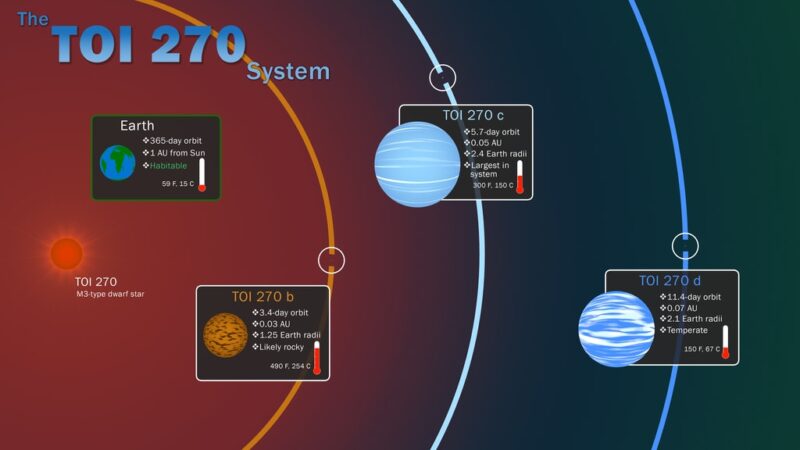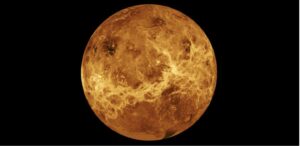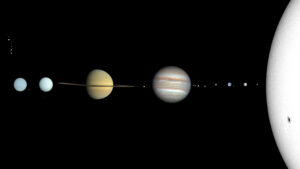Astronomers think they have discovered a planet covered in water. But it’s nothing like our oceans on Earth. This planet’s seas are boiling hot.
Sitting 70 light years away from us, the planet first was discovered by NASA’s Transiting Exoplanet Survey Satellite (TESS) in 2019. The catchily named TOI-207d is one of three exoplanets in the system. This gas giant most closely resembles Neptune from our own solar system.
The James Webb Space Telescope detected water vapor, hydrogen, and the chemical signatures of methane and carbon dioxide in the planet’s atmosphere. The team say it is a “Hycean World,” which means that it has a large ocean and a hydrogen-rich atmosphere. Usually ammonia would be present in such an atmosphere, but astronomers have not detected any. A vast ocean completely covering the planet’s surface could have absorbed this ammonia.

Key features of the TOI 270 system. Image: NASA’s Goddard Space Flight Center/Scott Wiessinger
Only one side of the ocean is hot
Analysis suggests that this water is at a boil, with a temperature of 100˚C. It remains liquid because of the high atmospheric pressure. Because of its size, TOI-207d has tens of hundreds of times more pressure than we experience here on Earth.
Another peculiarity is that only one side of the ocean is hot. The planet does not spin as Earth does. Instead, it is tidally locked. This means one side constantly faces the solar system’s star. That is the hot side. The other side, in constant darkness, is very cold.
“The night side could potentially host habitable conditions,” said Nikki Madhusudhan, who led the Cambridge research team.
Some other researchers disagree with the Cambridge team’s conclusion. One group from Canada also analyzed the data and agrees about the composition of the atmosphere, but not about the surface of the planet. They think it has a rocky surface instead of a huge ocean. They argue that the suspected temperatures of 4,000˚C would be far too hot to maintain a liquid ocean, even under the planet’s pressure.
Regardless of who is correct, the fact that we can now gather data about an exoplanet 70 light years away is a huge achievement.






